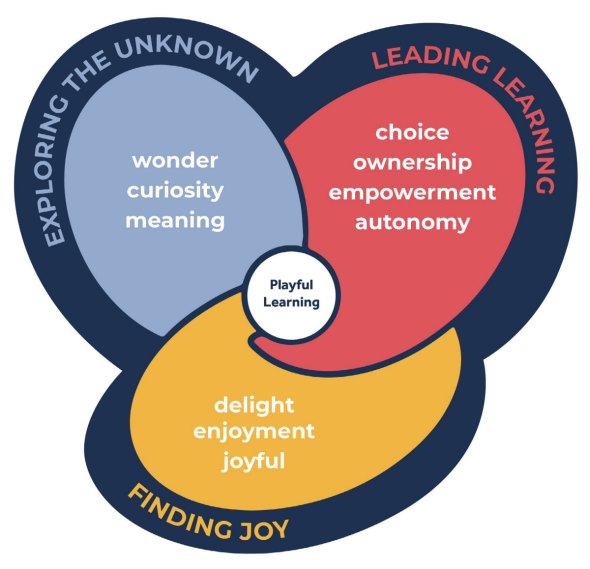First Day of School
Link to this section
First Day Goals
As the teacher
- Build relationships by showing genuine interest and seeking connections with each child
- Demonstrate, model, and reinforce routines and transitions
- Specify and reinforce student behavior
So that each and every student
- Is introduced to the people of the classroom and school community
- Starts to learn classmates’ names (and can pronounce each others' names correctly) and begins to connect with one another
- Begins to familiarize with the classroom and school environment
- Learns and practices a few key routines
- Begins to learn expectations for how to play and learn independently and together
- Experiences a sense of excitement and competence about the learning ahead
See core rubric teacher practices for more guidance
Reflection Questions
- Where can you provide opportunities for joyful learning through developmentally-appropriate play?
- What expectations, routines, behaviors, and environment will you prioritize in order for all students to be responsible for the thinking in the classroom?
- What does the culture of learning currently look like in your practice? Where are students engaged, where do they feel a sense of belonging? How do you know?
- What are the implications for your own practice? What will you do first?
What does it look like? Link to this section
Morning Meeting
Morning Meeting is an engaging routine to start each day, build a strong sense of community, and set children up for success socially and academically. Each morning, students and teachers gather together in a circle for a greeting, sharing circle, group activity, and a morning message.

Play in Fourth Grade
Play is where the magic happens. Creating an environment and curriculum of purposeful play allows children to delight in the discovery of themselves, each other, and their world. Fourth graders learn through exploring, imagining, designing, dancing, building, negotiating, the list goes on... Below is a small example of the kinds of learning that can be happening in a room of play. Teachers should design play purposefully towards opportunities for giving new skills a try, learning to learn in community with one another, and reflection.
Interactive Modeling
Most routines and procedures can be introduced, practiced and polished, and revisited again and again through interactive modeling. The process includes stating the purpose, modeling the routine, inviting students to name what they notice, inviting students to model, having everyone try out the routine, and reflecting.
This page was last updated on May 29, 2023

